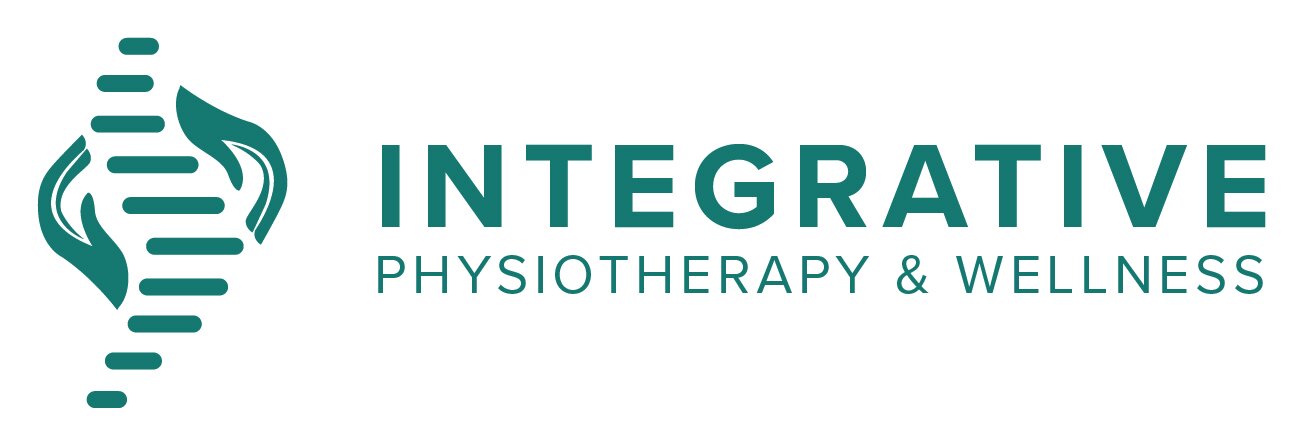Lumbar Disc Herniation and Sciatica: How Physiotherapy Can Help You Recover
Understanding Lumbar Disc Herniation and Sciatica
Sciatica presents as sharp, burning, or radiating pain that extends from the lower back down one leg. A common cause is lumbar disc herniation.
Intervertebral discs are fibrocartilaginous structures located between the vertebrae, providing shock absorption, load distribution, and spinal mobility. Each disc consists of a gel-like nucleus pulposus surrounded by the tough outer annulus fibrosus. When the nucleus protrudes through a weakened portion of the annulus, it can compress or irritate adjacent spinal nerve roots.
In the lumbar region, herniation often affects nerve roots contributing to the sciatic nerve, specifically L4, L5, S1, S2, and S3. Compression or irritation of these nerves can result in:
Pain radiating from the lower back into the leg
Tingling or “pins and needles” sensations
Numbness or weakness in the leg or foot
Pain aggravated by sitting, bending, coughing, or sneezing
The good news: most patients improve significantly with physiotherapy.
How Physiotherapy Can Help
Physiotherapy targets nerve irritation, restores spinal mobility, and strengthens the muscles supporting the lumbar spine. A thorough assessment evaluates posture, movement patterns, and muscular strength to create a customized rehabilitation plan.
Treatment typically focuses on four main areas:
1. Posture and Movement Awareness
Maintaining proper posture reduces stress on the discs and nerve roots. Your physiotherapist will provide guidance on:
Sitting with a neutral lumbar curve (using a lumbar roll or cushion)
Avoiding prolonged sitting, standing, or walking every 20–30 minutes
Bending at the hips and knees rather than rounding the lower back
These adjustments reduce nerve irritation and help prevent symptom recurrence.
2. Gentle Mobility Exercises
Once acute symptoms settle, controlled mobility exercises promote spinal and hip flexibility and improve circulation:
Pelvic tilts to reduce stiffness
Hip hinge practice using a dowel or broomstick
Hamstring and glute stretches to reduce tension on the sciatic nerve
Exercises should be performed within a pain-free range to avoid aggravation.
3. Core Strengthening for Lumbar Support
The deep core muscles, including the abdominals, glutes, and paraspinals, act as a dynamic brace for the spine. Strengthening these muscles:
Reduces load on intervertebral discs
Improves spinal alignment and posture
Enhances overall stability and movement control
Recommended exercises may include:
Abdominal “drawing-in” maneuvers
Bridge holds with controlled core and glute activation
Focus on controlled, high-quality movement rather than quantity.
4. Neural Mobilization (Nerve Glides)
For patients with tingling, numbness, or radicular symptoms, nerve glides can improve sciatic nerve mobility and reduce neural tension. These exercises are performed under physiotherapist's supervision to ensure safety and effectiveness.
Tips for Everyday Living
Maintain lumbar support when sitting
Take frequent standing or walking breaks
Lift objects by bending at the hips and knees
Prioritize gentle, consistent movement over prolonged bed rest
Most patients notice substantial improvement within a few weeks of beginning physiotherapy.
Seek urgent medical attention if you experience sudden leg weakness or changes in bowel or bladder function.
Conclusion
Lumbar disc herniation and sciatica are highly manageable conditions. Physiotherapy focuses on posture, movement mechanics, core stabilization, and neural mobility to relieve nerve compression, restore function, and improve quality of life.
With guided rehabilitation, consistent practice, and appropriate exercises, patients can return to daily activities and recreational pursuits safely and pain-free.
References
Mayo Clinic. Herniated Disk – Diagnosis and Treatment. mayoclinic.org
ChoosePT. Physical Therapy Guide to Herniated Disk. choosept.com
E-Neurospine. Evidence-Based Clinical Practice Guidelines for Lumbar Disc Herniation. e-neurospine.org
PMC. Neural Mobilization in Low Back and Radicular Pain: A Systematic Review. ncbi.nlm.nih.gov
Physio-Pedia. Disc Herniation Overview. physio-pedia.com

